Kolkja Kala-ja Sibularestora (Kolkja Old Believers Restaurant)
This unique eatery offers a taste of Estonia's "Onion Route."
Kolkja, like most Old Believer villages, is built around a compact Orthodox church, wooden and brightly colored, and just a short walk from the shores of the lake. Here you will find an Old Believer restaurant (Kolkja kala-ja sibula restoran in Estonian), the only one in Prichudye, and according to their website at least, the only one of its kind in the world.
The restaurant specializes in the Old Believer staples of fish and onions, served in hearty portions in a room decked with traditional Russian folk patterns, and featuring various artistic depictions of fish, onions, and Lake Peipsi. Also recommended is taking tea in the Russian style, with highly concentrated brew from a teapot poured into a cup to the level required and then topped up with boiling water from a samovar, a heated metal container.
Russian-speaking Old Believers have lived alongside Lake Peipsi in Estonia since fleeing religious persecution in the mid-17th century. From this period onward, there was a powerful movement, endorsed by the Tsar, to bring Russian Orthodox rituals closer to Greek Orthodoxy, from which it had originally derived hundreds of years earlier. The official alterations to the liturgy this eventually led to may seem small to outsiders (including making the sign of the cross with three fingers rather than two, and changing the direction of the procession from clockwise to counter-clockwise), but many in Russia saw this as tampering with the word of God. Those who refused to go along with these changes faced severe repression, in some cases including torture and execution—official discrimination against them continued in some form for more than two centuries.
Many “Old Believers” left for distant regions to the sparsely populated north and east of Russia, but others fled west to Estonia, which at that time was under the rule of the Kingdom of Sweden and so beyond the Tsar’s control. Lake Peipsi, the fifth-largest lake in Europe, separates Estonia from Russia, and Old Believers settled in a string of villages along its far shore, extending over more than 40 miles (they call the whole area Prichudye).
Here, they built churches and established close-knit communities. While interacting to an extent with Estonian-speaking neighbors and local authorities, they continued to hold to the beliefs and traditions that their ancestors had fled their homeland to protect—and most still do, even though the community is shrinking and aging as young people leave for the cities. Vahur Afanasjev, an Estonian writer who recently published an epic novel set in an Old Believer community, describes the region as “a breath of old Russia from the time before Peter the Great.”
The single small road that links together all these villages is often known as “the onion route,” and anyone driving along it will quickly understand why. In the warmer months, you’ll pass dozens of stalls selling strings of onions, as well as fish caught in the lake, both specialities that the Old Believers have sold for generations. In the Soviet period, locals’ favored destinations for their produce were the markets of Leningrad (now Saint Petersburg), but with a border between Estonia and Russia, that’s a challenge now.
Know Before You Go
Kolkja can be reached by bus (in around an hour) from Estonia’s second-largest city, Tartu. Buses are relatively infrequent though, so make sure you plan your timings carefully. The restaurant is around 10-minutes’ walk from the bus stop. Between October and March, it needs to be booked in advance, and even at other times it’s probably a good idea, since there is a limited amount to do in Kolkja otherwise.
Plan Your Trip
The Atlas Obscura Podcast is Back!







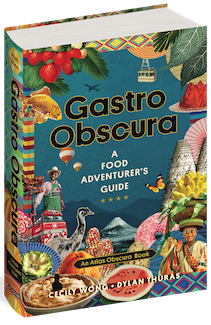




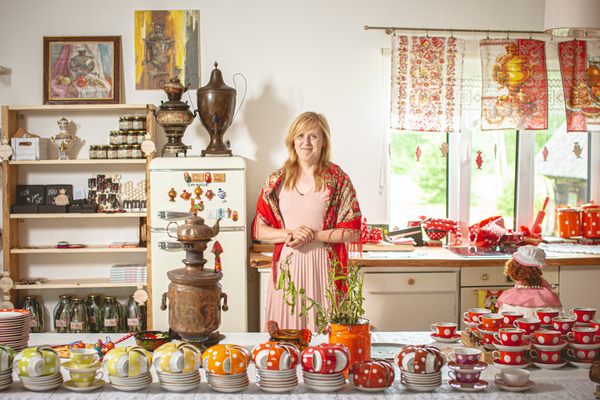
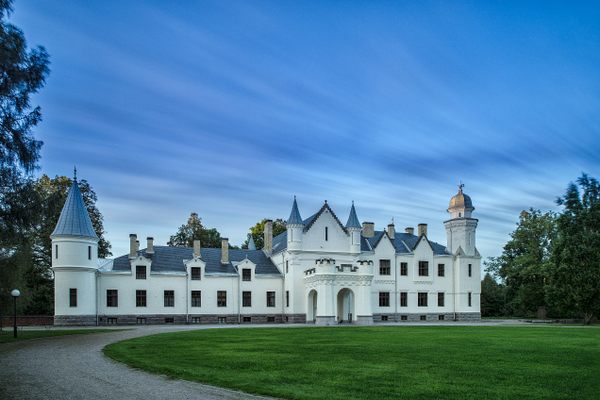


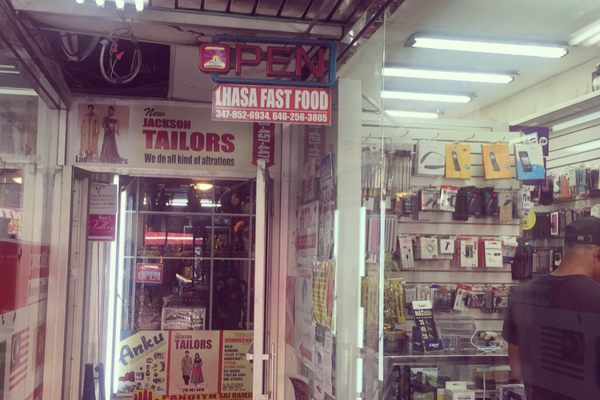
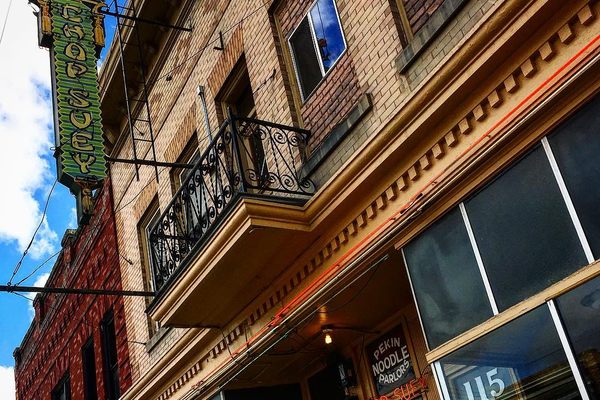

Follow us on Twitter to get the latest on the world's hidden wonders.
Like us on Facebook to get the latest on the world's hidden wonders.
Follow us on Twitter Like us on Facebook